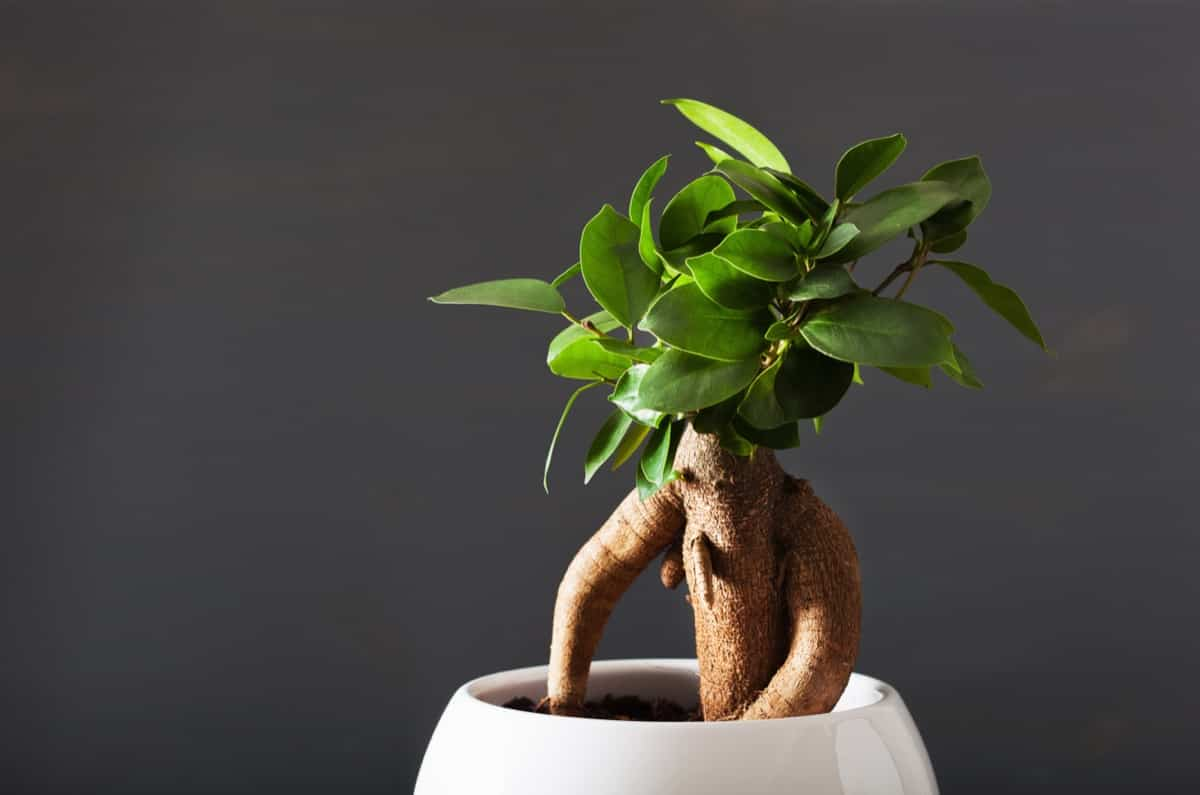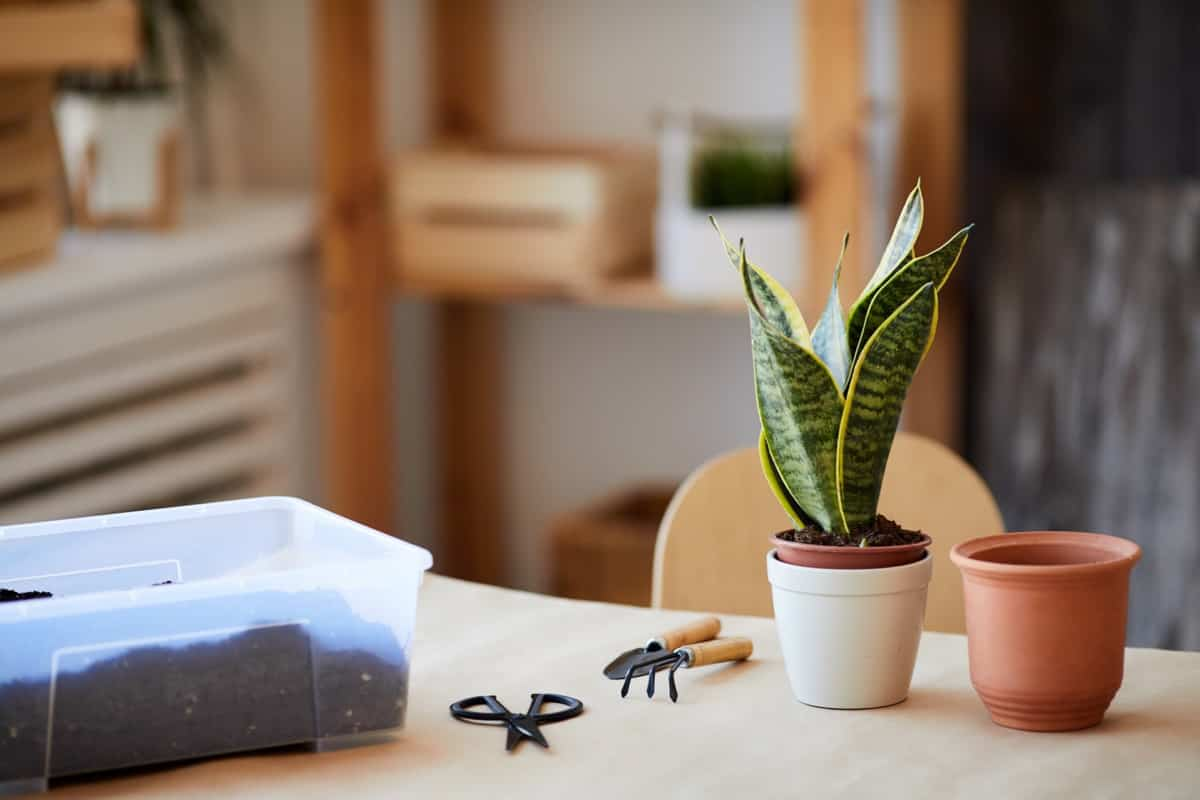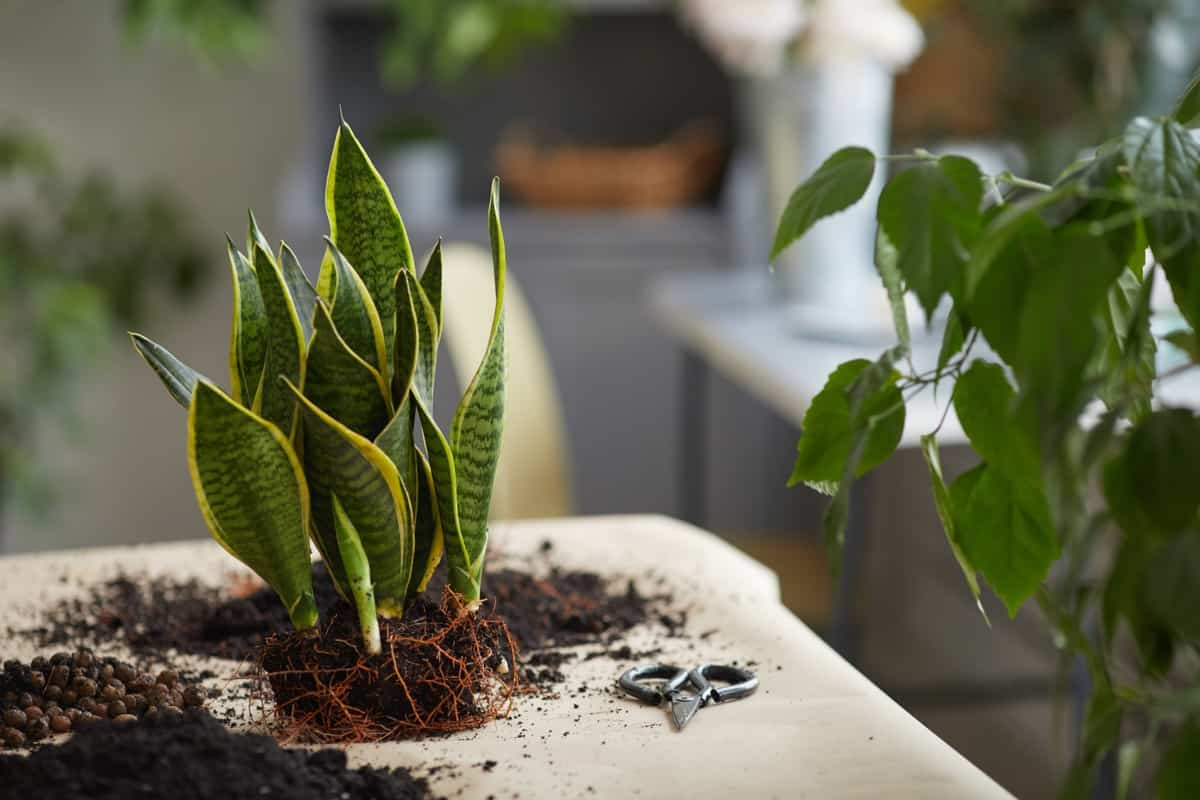Amid a growing emphasis on environmental preservation and the quest for a healthier lifestyle, there’s an increasing trend toward bringing nature into our homes and workspaces. More than just decorative items, many houseplants have been found to improve air quality and create a more relaxing environment.
Among these, Bonsai plants, with their elegant appearance and storied history, have captured the imagination of many enthusiasts. Certain varieties have been identified to excel in air purification, enhancing the quality of our surroundings by removing environmental toxins. This article delves into the world of Bonsai plants, specifically highlighting the top ten species known for their air-purifying abilities.
8 Best Air Purifying Bonsai Plants/Trees
Ficus Microcarpa
The Ficus Microcarpa, popularly known as the Chinese Banyan or Indian Laurel, is one of the most potent air-purifying bonsai plants available. Its small, thick, leathery leaves have a dark glossy green appearance that adds a vibrant touch to any space. Apart from its aesthetic appeal, the Ficus Microcarpa is an excellent detoxifier.
In case you missed it: Breathing Fresh: Top 10 Indoor Plants for Air Purification

It is particularly effective at removing formaldehyde, a common indoor pollutant, from certain household items such as furniture and flooring materials. By absorbing these harmful compounds, the Ficus Microcarpa helps reduce respiratory disorders and eye, nose, and throat irritation symptoms.
Spathiphyllum Spp
Spathiphyllum Spp, commonly known as the Peace Lily, is another bonsai plant with significant air-purifying qualities. While it is not a true lily, this plant still shares the lily family’s beauty and elegance. Its glossy, elongated leaves and white flowers bring tranquility to any space, making it a preferred choice among plant lovers. This species stands out for its ability to remove several toxins, including benzene, formaldehyde, and trichloroethylene. The Peace Lily works hard to cleanse the air, improving indoor air quality and contributing to better health and well-being.
Epipremnum Aureum
Next on the list is the Epipremnum Aureum, widely known as the Golden Pothos or Devil’s Ivy. This evergreen vine is loved for its attractive heart-shaped leaves with a rich, golden hue. As a bonsai, the Golden Pothos adds a touch of exotic allure to any space. But it’s not just its beauty that’s commendable. The Epipremnum Aureum is also a powerful air purifier. This plant excels in removing toxins like xylene, benzene, and formaldehyde from the air. Ideal for both homes and offices, its adaptability to various lighting conditions makes it a versatile choice.
Dracaena Spp
Dracaena Spp, encompassing many species, are among the top performers in air-purifying bonsai plants. These plants, commonly known as Dragon Trees, possess tall, slender trunks topped with a rosette of pointed leaves. The elegance they lend to a room is unparalleled. However, the most striking aspect of these species is their potent ability to purify indoor air. Dracaena plants are known to remove pollutants such as benzene, trichloroethylene, and xylene, thus enhancing the overall air quality and contributing to a healthier living or working environment.
In case you missed it: How to Grow and Care for Jaboticaba Bonsai: Planting, Pruning, and Repotting

Chamaedorea Elegans
The Chamaedorea Elegans, or the Parlor Palm as it is commonly known, is another bonsai plant that’s widely celebrated for its air-purifying properties. This small palm, with its feathery, arching leaves, makes for a stylish addition to any space. But its beauty is not the only factor that sets it apart. The Parlor Palm is a champion in removing indoor air pollutants like xylene and formaldehyde. By absorbing these harmful toxins, this plant significantly improves indoor air quality, making our living and working spaces healthier and more enjoyable.
Hedera Helix
Hedera Helix, popular as English Ivy, is a versatile bonsai plant revered for its air purification capabilities. This evergreen vine is characterized by its small, lobed, dark-green leaves and trailing growth habit. English Ivy, apart from adding an element of rustic charm to spaces, is proficient at cleansing the air. It is particularly effective at removing formaldehyde and fecal particles, which is why it is commonly found in bathrooms. The Hedera Helix, with its excellent air-purifying capabilities and appealing aesthetics, is a true champion among indoor bonsai plants.
Chlorophytum Comosum
Often overlooked in the bonsai world, Chlorophytum Comosum, or the Spider Plant, is a gem for air purification. This houseplant can grow as a bonsai and is renowned for its ability to combat pollutants like benzene, formaldehyde, carbon monoxide, and xylene. These substances are commonly found in household products, from cleaning solutions to paint, making the Spider Plant bonsai an excellent choice for healthier indoor environments.
While this variety requires more attention than other species, the rewards make the effort worthwhile. Chlorophytum Comosum thrives in well-draining soil and moderate light. However, it is robust enough to tolerate a certain degree of neglect, rebounding quickly when appropriately cared for again. This characteristic makes the Spider Plant bonsai a preferred choice for beginner and experienced bonsai growers.
This variety’s cascading leaves provide a unique aesthetic appeal, adding a touch of lush greenery to your space. Coupled with its ability to remove harmful pollutants, the Chlorophytum Comosum bonsai is an excellent addition to any home or office. It’s an aesthetic centerpiece and a natural air purifier working relentlessly to cleanse your air. Its remarkable efficiency in eradicating indoor air pollutants establishes it as one of the top contenders in this list of air-purifying bonsai plants.
Sansevieria Spp
Sansevieria Spp, known as Snake Plants, are widely celebrated for their unique architectural beauty and impressive air-purifying abilities. These plants possess elongated, rigid leaves that grow vertically, often boasting a striking pattern. But beyond their aesthetic value, Snake Plants are recognized for their air-cleansing properties.
In case you missed it: How to Grow and Care for Jade Bonsai: Planting, Repotting, and Pruning

They are particularly efficient in removing toxins such as benzene, formaldehyde, trichloroethylene, xylene, and toluene from the environment. Snake Plants excel as bedroom plants due to their unique ability to convert carbon dioxide into oxygen during nighttime.
Conclusion
Investing in air-purifying bonsai plants is an effective, natural, and aesthetically pleasing way to improve indoor air quality. These tiny, robust trees, such as Ficus Microcarpa, Spathiphyllum spp, Epipremnum aureum, Dracaena spp, Chamaedorea elegans, Sansevieria spp, Hedera helix, and Chlorophytum comosum, not only beautify your space but also provide health benefits by eliminating harmful toxins from the air.
Though their sizes are small, their impacts on air quality are significant. You can create your oasis of clean air and tranquillity with these plants. So, whether you’re a plant enthusiast or just venturing into the green world, these air-purifying bonsais should be on your list for a healthier, fresher living environment.
- Feed Your Flock for Less: Top 10 Tips to Save on Chicken Feed
- Ultimate Guide to Ossabaw Island Hog: Breeding, Raising, Diet, and Care
- Hatching Answers: The Top 10 Reasons Your Chickens Aren’t Laying Eggs
- Eggs and Economics: Breaking Down the Cost of Raising Backyard Chickens
- Defend Your Greens: Proven Methods to Keep Iguanas Out of Your Garden
- Ultimate Guide to Cinnamon Queen Chicken: A Comprehensive Guide for Beginners
- Ultimate Guide to California Tan Chicken: Breeding, Raising, Diet, Egg-Production and Care
- Ultimate Guide to Marsh Daisy Chicken: Breeding, Raising, Diet, and Care
- 10 Types of Chicken Farming Businesses You Can Start for Profits